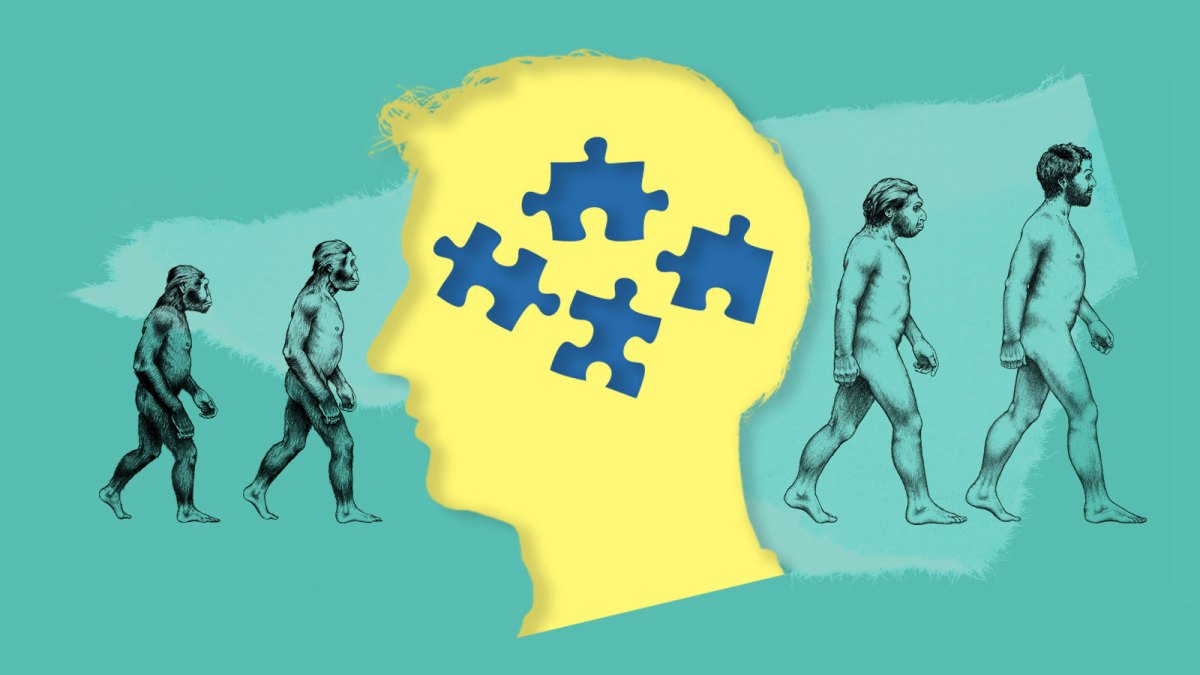Evolutionary changes that gave humans the ability for complex thought may also help explain the origins of autism, a study suggests.
The research indicates that as a certain type of brain cell evolved to boost our thinking skills, it also changed in ways that made autistic traits more likely.
The findings come amid renewed debate over the roots of autism after the Trump administration controversially linked the condition to paracetamol use in pregnancy, a claim widely disputed by experts.
• Can you take paracetamol when pregnant? Trump’s autism claims examined
“Our results suggest that the origins of autism stretch far back, long before any recent man-made influences,” said Alexander Starr and Hunter Fraser of Stanford University, who led the new study.
The researchers examined different types of brain cells — or neurons — in humans, chimpanzees, gorillas, rhesus macaques, marmosets and mice.

President Trump has made widely discredited claims that autism is linked to paracetamol use during pregnancy
KEVIN LAMARQUE/REUTERS
All the cells contained DNA carrying tens of thousands of genes. But the activity levels of different genes differed between the cells, giving each sort of neuron a kind of “fingerprint”.
By comparing these fingerprints across species, the researchers were able to estimate how much each neuron had changed, or evolved, over time.
They discovered a broad pattern: the more common a neuron type in the brain, the more slowly it had evolved. This makes sense: harmful changes in abundant cells can cause widespread problems, so evolution tends to keep them stable.
However, one type of neuron found in people broke the rule. Layer 2/3 intratelencephalic excitatory neurons, or L2/3 IT neurons, are common in the outer layer of the human brain. They connect different brain regions and appear to be key to human intelligence. The results suggest that they evolved unusually quickly in our ancestors, after our lineage broke with that of chimpanzees, probably 6-8 millions years ago.
The team then looked at a list of genes that, when damaged or disrupted, have been linked to an increased risk of autism. Many of these genes guide how brain cells connect with each other and how the brain as a whole develops. In human L2/3 IT neurons, their activity had been dialled down.
• Should I get an autism diagnosis?
In other words, as the L2/3 IT neurons evolved to support human cognition, evolution seems to have lowered the baseline activity of genes that, where they are functioning, lessen the chances of autistic traits. Starr and Fraser believe that this dialling down is likely to have given our ancestors an advantage.
“One guess is that these changes may have lengthened the time for human brain development, giving us more time to learn skills such as language and social interactions as these increase in complexity during human evolution,” said Starr.
The study, published in the journal Molecular Biology and Evolution, presents this as a kind of evolutionary trade-off. Changes in gene activity inside the brain moved humans closer to a threshold. Small genetic or environmental factors were now enough to nudge individuals onto the autistic spectrum.
Such evolutionary bargains are not unusual. The mutation that causes sickle cell disease protects against malaria but leads to severe illness in those who inherit two copies. In the case of the L2/3 IT neurons, the trade-off may have been cognitive: sharper thinking and richer communication for the species as a whole, paired with greater diversity in how people think and relate to others.

